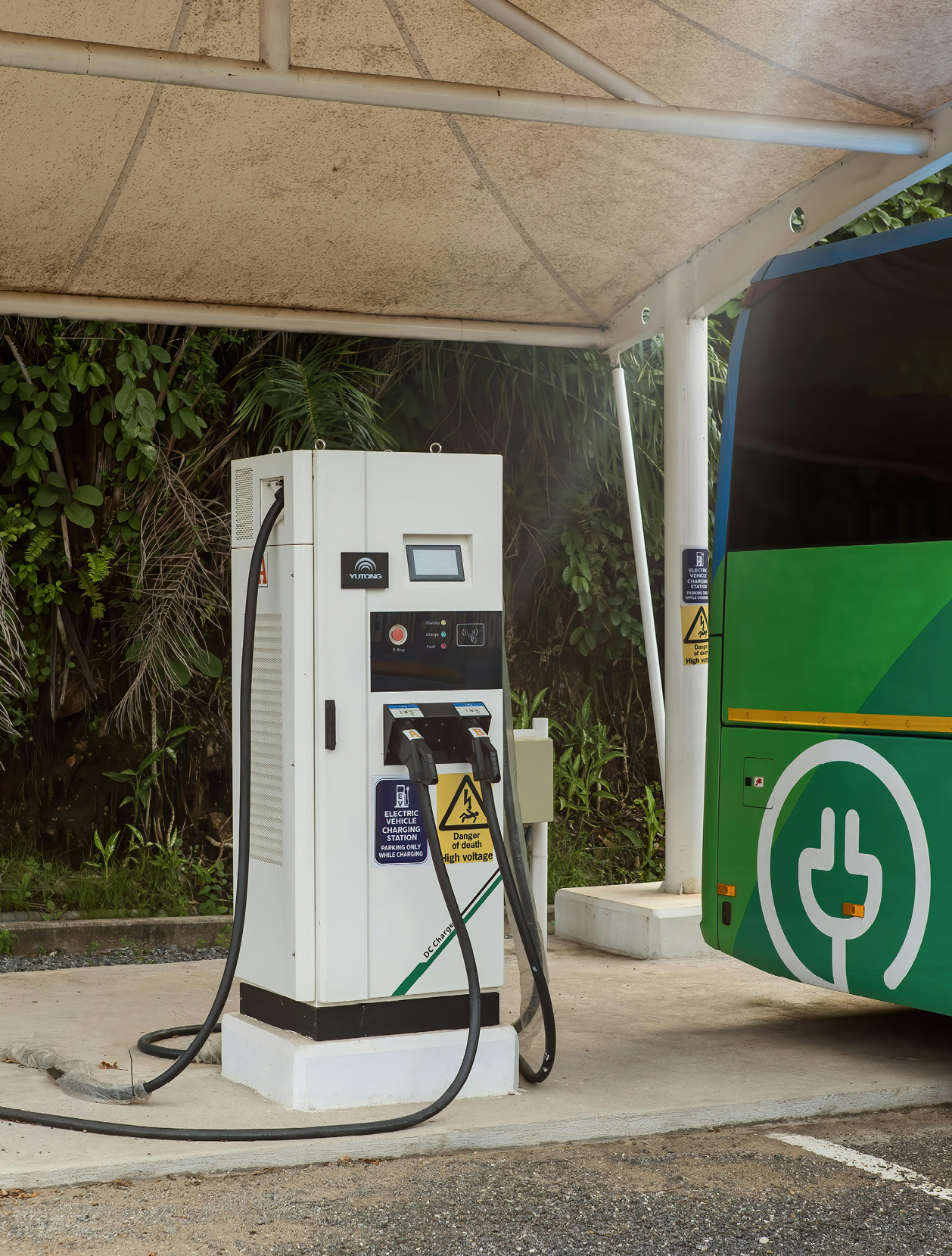It has been almost a decade since the Paris Accords were adopted by over 190 countries. The global agreement to a climate risk transition – to be actioned through various policies, including bans on the sales of petrol and diesel fuelled vehicles – earmarked the start of the end for industries such as the Platinum Group Metals (PGMs). However, the reality is looking different.
And as the largest producer and exporter of PGMs, what happens to the sector matters to South Africa. This is more than just an existential ESG matter, but one of grassroots societal importance to a country that is built on mineral wealth and mining.
From 0% of total car production in the early 2010s, by 2024, EVs, including hybrid cars, had a penetration rate of just over 20%. Pure battery EVs – which are 100% electric – comprised around 12% while ICE vehicles continued to dominate. The automotive industry accounts for over 60% of PGM demand.
Countries including Canada, the US, Mexico, Japan, the UK, China and continental Europe announced emission reduction commitments and targets which would see electric vehicles leading the way post 2030. Notably, China has a 60% new energy vehicle target by 2030 while Europe has committed to selling only battery electric vehicles from 2035.
However, two assumptions lay at the heart of these projections. Firstly, that consumers in key markets like China and Europe would make the move from fossil-fuel powered cars to battery EVs and secondly, that automakers would be able to restructure their operations to produce EVs at a scale and price that would entice consumers to make the switch.
While a country like Norway achieved an impressive 96.9% EV market share in January 2025, this came on the back of concerted policy alignment, EV infrastructure development and financial incentives to make it attractive for consumers to buy electric. However, Norway is the exception.
Elsewhere, the United Kingdom has pushed back its target date for banning new ICE vehicles from 2030 to 2035, and the European Union (EU) is under pressure to do the same. In the US, President Donald Trump has revoked his predecessor’s target to achieve 50% EV sales by 2030 and has frozen funds reserved for building EV charging stations.
Outside of China, EVs are simply too expensive, unless, like Norway, financial incentives and subsidies are put in place. In regions like the EU and the US, EVs cost 20%-60% more than the cost of a comparable ICE vehicle.
The evolution has proved to be a capital intensive and expensive switch, and many of these manufacturers simply don’t have the balance sheets to drive the transition. The likes of Polestar are in negative free cash-flow territory, while other car makers are caught between having to invest in different powertrains to continue manufacturing their bread-and-butter vehicles while simultaneously shifting to hybrids and EVs.
While there is a significant global push towards finding more sustainable, long-term solutions in the battery space – including hydrogen, sodium and even nuclear micro-batteries – right now mineral-intensive lithium batteries are the main contender. Current lithium supply will be unable to support Europe and China’s 2035 targets.
Based on our own forecasts and research, we believe a 40% EV penetration rate by 2035 is more realistic than the previous 60% projection. Of this 40%, battery EVs are likely to account for 25%. This growth would be predominantly driven by China.
We believe we are likely to see demand for PGMs decline by just 1% year-on-year to 2035, rather than the previously anticipated 5%. With platinum miners having pulled away from bringing new capacity online, we are facing the possibility of a supply cliff towards the end of the decade.
As a black-owned African investment manager, our responsible investing mindset is closely aligned to the future growth and success of our continent and its people. If there are opportunities that can be leveraged to position PGMs as part of an evolving and increasingly sustainable world, then we need to be asking if there is the political will to unlock these opportunities and take advantage of the lifeline being offered.
By Tana Mongwe, Head of Responsible Investment Research, Old Mutual Investment Group

